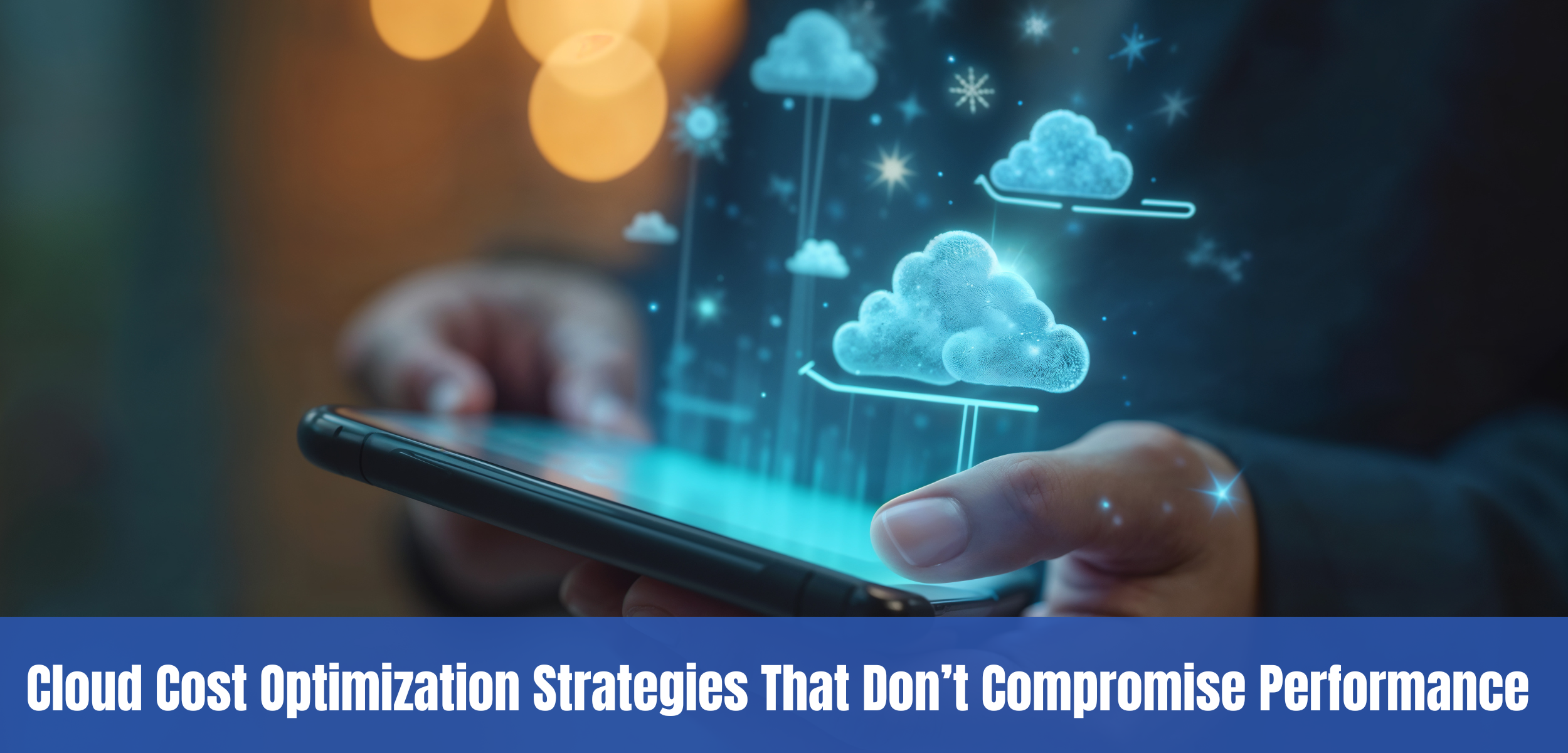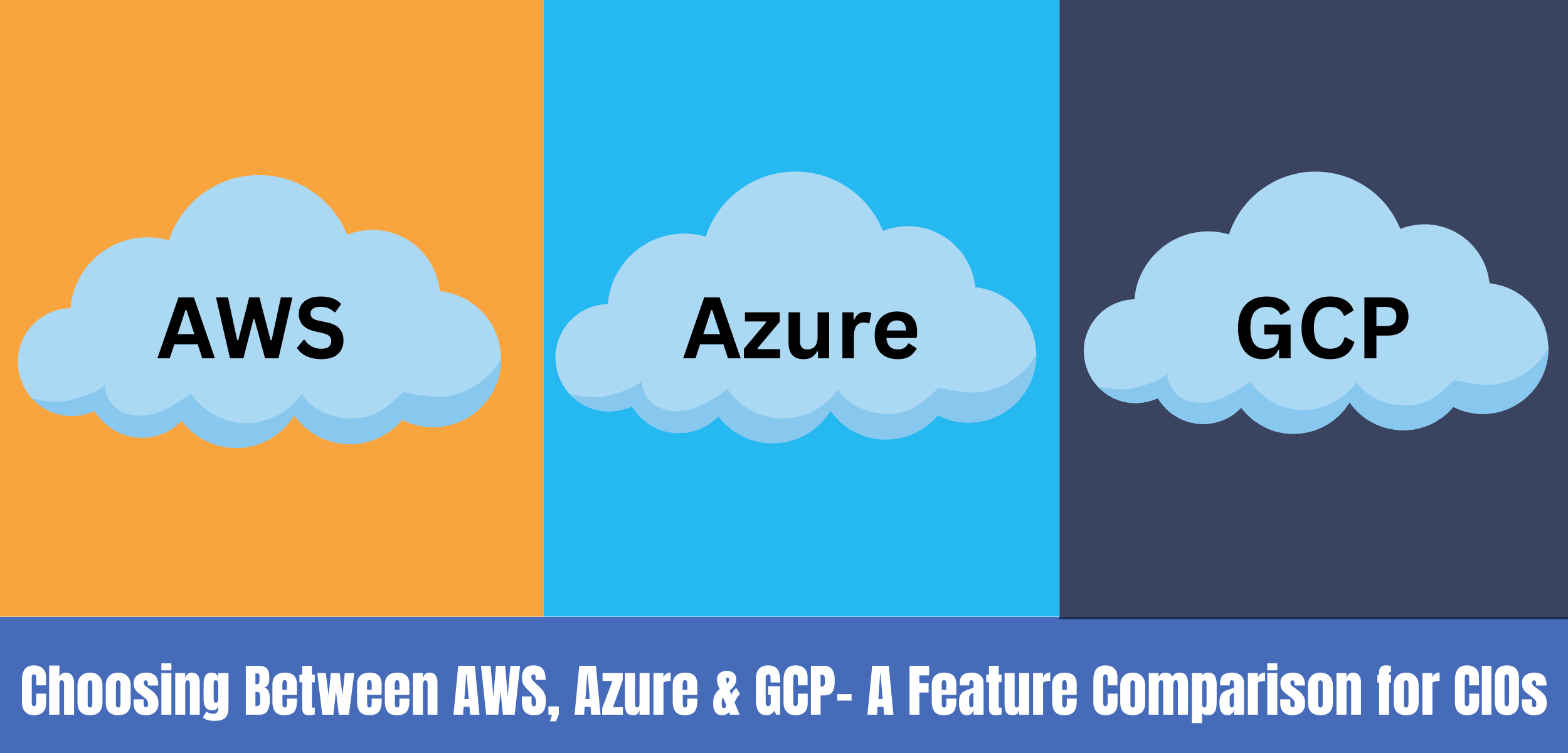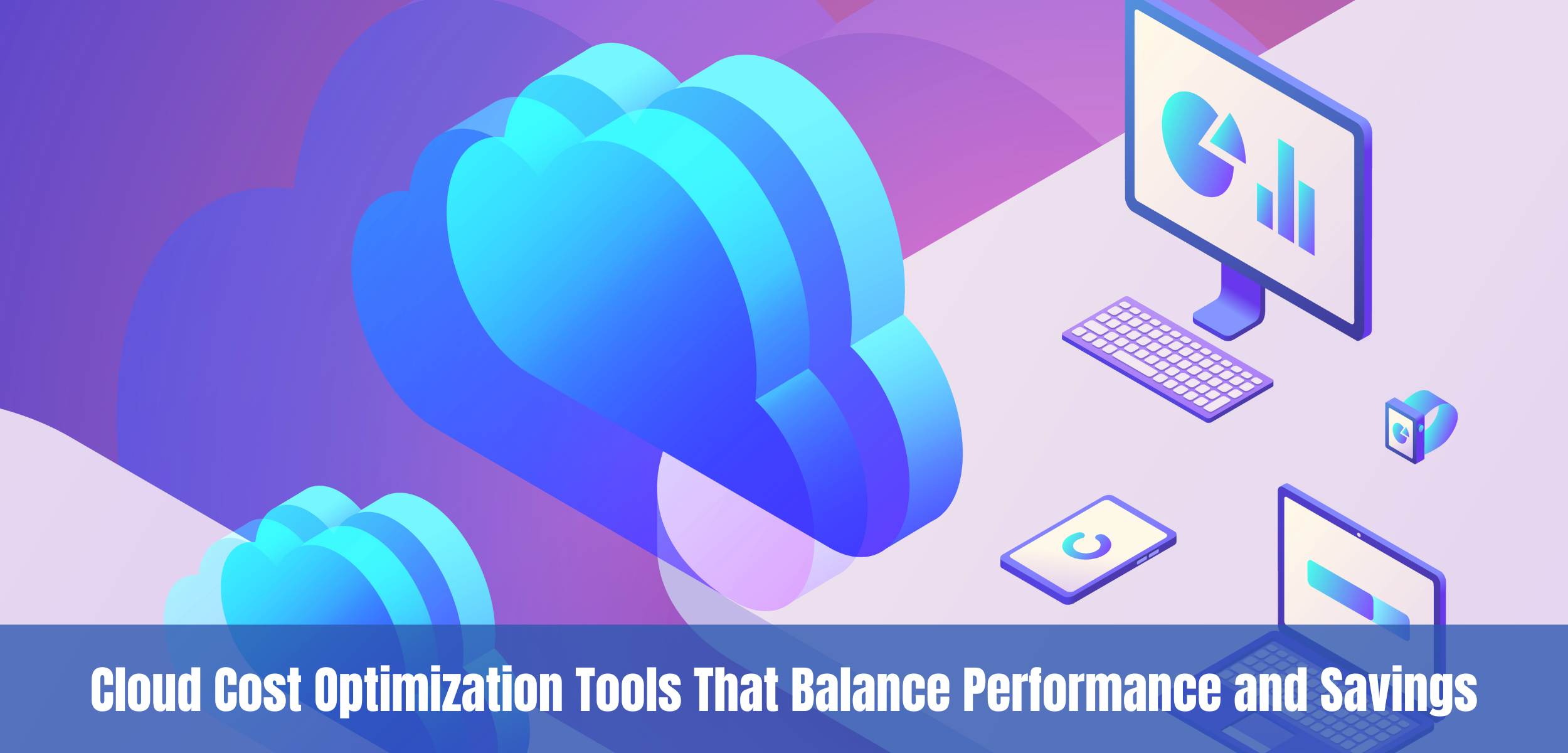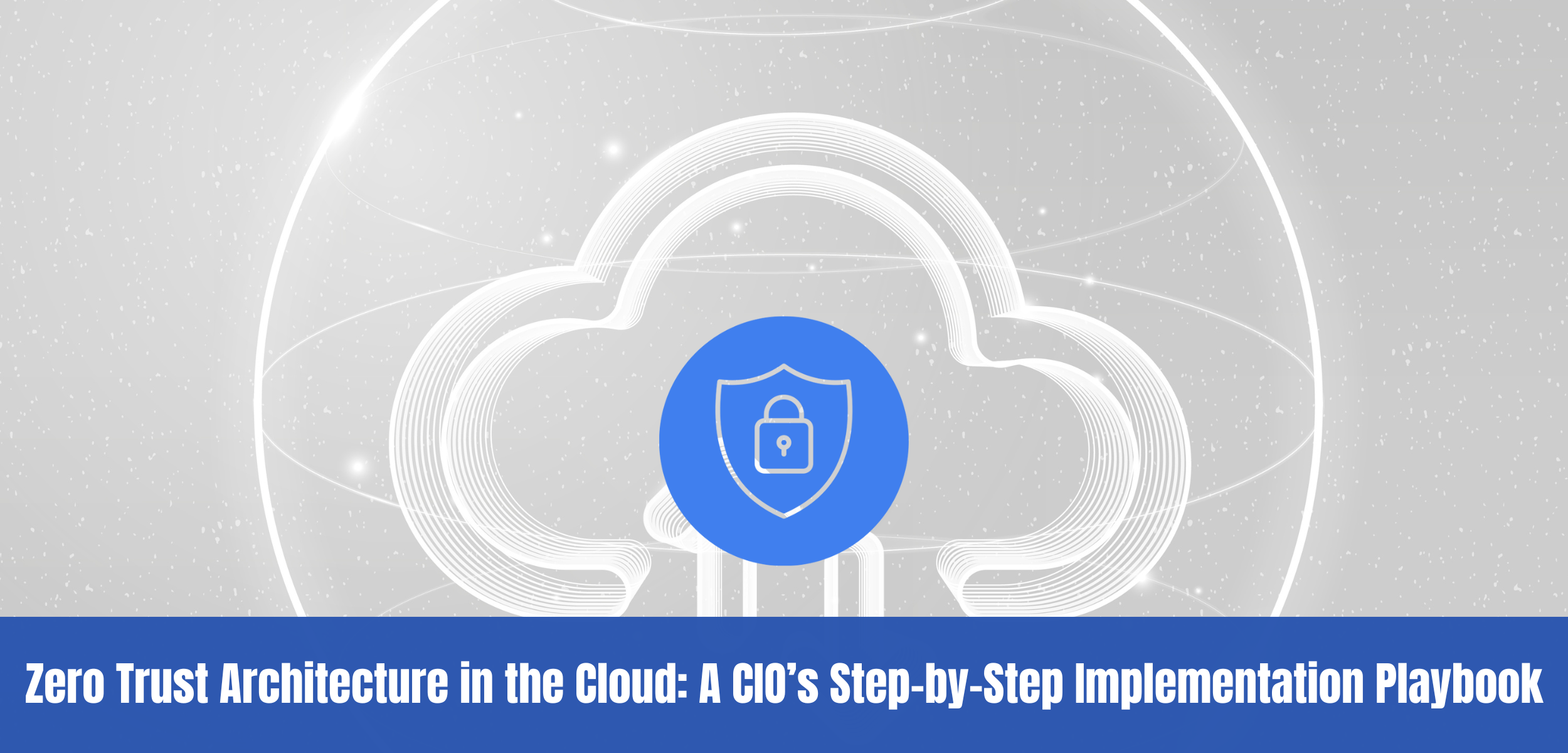The Hidden Cost of Cloud Agility
Cloud-native architectures offer dynamic scaling, modular service deployment, and global availability. However, these benefits often lead to opaque and rapidly growing cost structures. Without deliberate engineering effort, cloud infrastructure becomes susceptible to overprovisioning, architectural sprawl, and performance bottlenecks hidden behind transient savings.
To tackle this challenge, we explore deeply technical strategies that re-engineer cloud systems for cost efficiency—without compromising system throughput, availability, or latency targets. This article dissects the relationship between performance engineering and spend efficiency, providing real-world actionable tactics for practitioners.
Why Optimization Requires Systems Thinking
Cost optimization is not a finance function—it’s an engineering discipline. It demands an understanding of how compute, storage, network, and application-level architecture interact under production load.
Examples of inefficiencies:
- Provisioning compute based on peak-load guesswork instead of sustained traffic patterns.
- Using generalized instance types when workload profiling clearly supports compute-optimized or memory-optimized classes.
- Keeping EBS volumes or persistent disks attached to terminated instances.
- Underutilized VMs in autoscaling groups due to aggressive scaling thresholds or cooldown misconfiguration.
Cloud systems need to be continuously profiled, tuned, and monitored. The key is correlating system behavior with spend in real-time using telemetry, tagging, and automation.
Anti-Patterns: The Dangers of Naive Cost Reduction
Some common but flawed approaches include:
- Over-reliance on Spot Instances: While suitable for stateless, interrupt-tolerant tasks, Spot Instances lack lifecycle guarantees. Running stateful or production workloads on spot fleets introduces chaos and latency when reclaimed.
- Disabling Multi-AZ Deployments: A single-AZ deployment may halve availability of SLAs. Cost savings from reduced inter-AZ traffic or resource duplication are outweighed by failure risk, especially in regulated or mission-critical environments.
- Hard Capping Auto Scaling Groups: Setting fixed instance caps or cooldown timers without load simulation can introduce throttling or request queuing during burst traffic. Systems must scale dynamically to serve unpredictable demand.
- Storage Retention Without Lifecycle Enforcement: Logs, analytics datasets, and backup images often accumulate in S3, GCS, or Azure Blob Storage. Without defined TTL policies, these silently incur charges and increase query latency.
Core Strategies for Cost-Performance Balance
1. Rightsizing with Observability-Driven Metrics
Begin with granular data:
-
- Instrument services with telemetry agents (CloudWatch Agent, Prometheus Node Exporter).
- Aggregate CPU steal time, memory swap frequency, I/O wait, and request queue length.
Use recommendation engines (e.g., AWS Compute Optimizer) cautiously—validate against custom load tests and profiling data. Automate this via CI pipelines that embed resource analysis post-deploy.
In Kubernetes:
-
- Use VPA (Vertical Pod Autoscaler) with metrics-server for runtime tuning.
- Integrate with KEDA or custom metrics adapters for event-driven scaling.
Provisioning based on observability insights ensures rightfit resource allocation across all deployment targets, from EC2 and GKE to Fargate or Cloud Functions.
2. Autoscaling Based on Load Curves, Not Guesswork
Define scaling policies based on domain-specific SLOs:
-
- For API workloads: Use p95 latency and concurrent requests as scale triggers.
- For ML pipelines: Scale on GPU queue backlog or job duration.
- For CI/CD agents: Scale by concurrent builds in queue.
Avoid naive CPU/memory scaling in mixed workloads. Consider workload bin-packing using node affinity/taints in Kubernetes.
Test scaling behavior with tools like:
-
- k6 or Artillery for HTTP load.
- Vegeta for throughput simulation.
- Chaos Mesh or Litmus for fault injection under scaling.
Simulating load alongside autoscaling configurations improves stability while ensuring cost doesn't balloon during high traffic.
3. Selecting Execution Models: Reserved, Spot, or Serverless
Reserved Instances or Committed Use Discounts should only be applied post-baselining of system workload consistency. Use CloudHealth or native usage reports to identify stable consumption layers (e.g., databases, Kafka brokers).
Use Spot Fleets with capacity-optimized allocation strategy, attach lifecycle hooks to drain and persist jobs cleanly.
For stateless jobs with bursty demand:
-
- AWS Lambda: Use with Provisioned Concurrency for latency-sensitive APIs.
- GCP Cloud Run: Use CPU idle-on for streaming tasks.
- Azure Functions: Align execution timeouts with observability for error amplification detection.
Graviton2-based instances (AWS) or Ampere Altra (GCP) offer improved performance-per-watt. Benchmark using sysbench, fio, and application-specific test suites.
4. Storage Hygiene Through Lifecycle Automation
Implement data classification policies:
-
- Define hot/cold/archival tiers per dataset.
- Enable lifecycle policies using IaC (e.g., S3 Lifecycle rules via Terraform).
Use tiered storage in data warehouses:
-
- BigQuery: Partition + cluster tables for efficient scan pruning.
- Redshift Spectrum / Athena: Offload infrequent queries to S3-backed external tables.
Delete unused EBS volumes via Lambda automation, tag resources by owner for TTL enforcement, and backtest policies in staging.
This enables long-term storage to scale predictably with minimal operational burden.
5. Observability-Driven Optimization Feedback Loops
Tie cost signals directly into observability stacks:
-
- CloudWatch + Cost Explorer + X-Ray: Correlate latency spikes with cost anomalies.
- Datadog: Use custom dashboards to display $/request or $/tenant.
- OpenTelemetry: Export span attributes with resource usage for sampling analysis.
Use tagging taxonomy (team, env, feature, service) to isolate cost sources and generate scoped budgets.
Enable anomaly detection and automated notifications:
-
- AWS Budgets + SNS.
- Azure Cost Management + Action Groups.
- GCP Budgets + Pub/Sub integration.
Combining cost with telemetry empowers faster root cause analysis, proactive tuning, and team-level accountability.
6. Engineering for Cost Governance
Embed cost boundaries into CI/CD workflows:
-
- Use infracost or terraform-cost-estimation in pull requests.
- Gate deployments based on predicted cost delta thresholds.
Enable IaC enforcement:
-
- Sentinel (HashiCorp) or OPA (Open Policy Agent) to prevent untagged or unbounded resources.
Schedule deprovisioning:
-
- Auto-delete environments with GitHub Actions + AWS SDK.
- Use time-based IAM conditions to expire roles/resources.
Form a FinOps Guild:
-
- Cross-functional team including engineering, finance, and DevOps.
- Review quarterly cloud architecture costs with context.
These practices institutionalize cost awareness and ensure cloud systems stay scalable, secure, and spend-efficient.
Optimization Is Continuous Engineering, Not One-Time Budgeting
Cloud cost optimization must be embedded in the engineering lifecycle—from sprint planning to postmortems. Only through profiling, experimentation, and observability can you achieve sustainable performance per dollar.
The most efficient systems are those where cost is just another Service Level Indicator (SLI).
Partner with Evermethod Inc. for Precision Cloud Optimization
At Evermethod Inc we architect intelligent, performance-aligned cloud systems that grow with your business—without inflating your spend. Our engineering teams deliver observability-driven, auto-optimized infrastructure tailored for scale, resilience, and financial efficiency.
Schedule a tailored cloud audit with our experts and unlock measurable cost-performance gains.
Get the latest!
Get actionable strategies to empower your business and market domination
.png?width=882&height=158&name=882x158%20(1).png)

.png/preview.png?t=1721195409615)

%2013.png)


